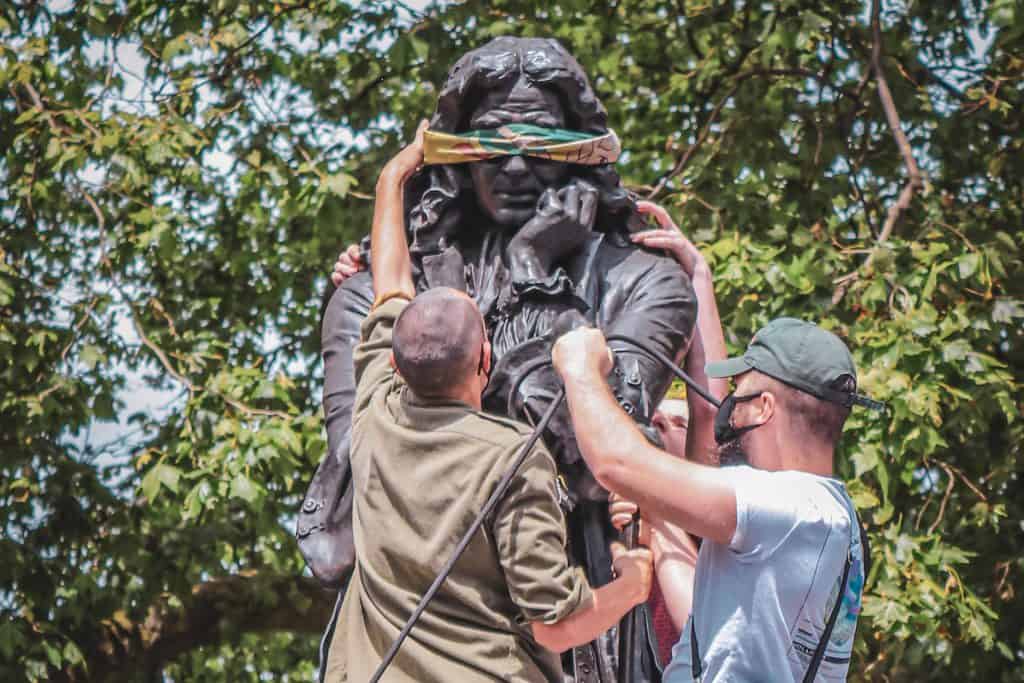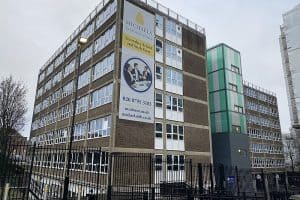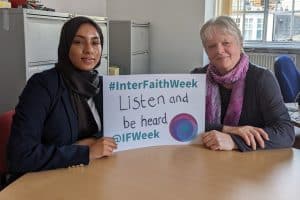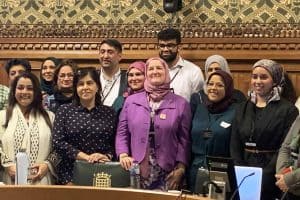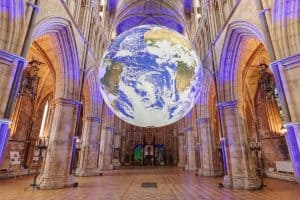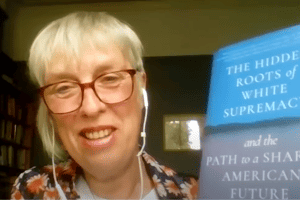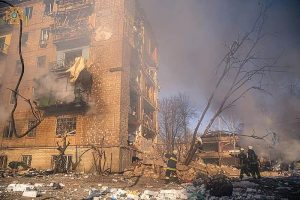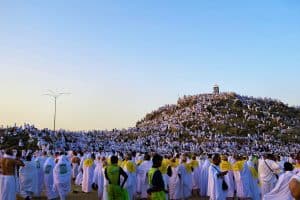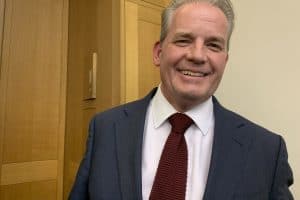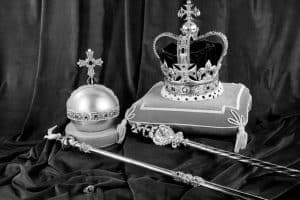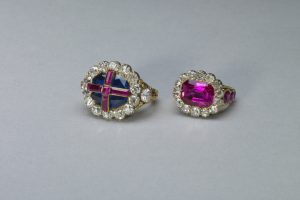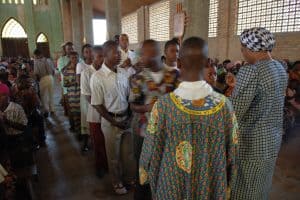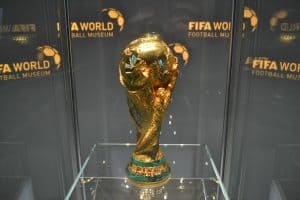By Lianne Kolirin, 16 June 2020
Statues, which have for decades, if not centuries, peered down silently on oblivious passers-by, have in recent days leapt to the top of the news agenda.
Chief among them has been that of 17th-century slave trader Edward Colston, which was toppled during a Black Lives Matter demonstration on 7 June. The act of public defiance, which saw the bronze figure thrown into Bristol Harbour, sparked a wave of calls to remove similar memorials to other figures from Britain’s colonial past.
Statues, a long-established feature of western civilisation and religion, are known for stirring public feeling.
Addressing a media briefing arranged by the Religion Media Centre, Professor Anthony Reddie, director of the Oxford Centre for Religion and Culture, said: “The contested nature of statues is not about the statues themselves. It’s really about what they represent. In many ways they have become symbols of a particular understanding of Britishness and British history.”
Professor Reddie, who spent a year living in Bristol, said: “Among the black communities of Bristol there has long been a desire to have the statue moved and to have a much more nuanced understanding of who this person was — a successful and significant slave trader.”
Efforts to add a plaque about Colston’s past to the statue were rebuffed by the local authorities as recently as 2018, Professor Reddie said.
“Him being a slave trader was no impediment to him being a significant individual in the city, but also in the Church of England. This is a slave trader who was seen as a hero by many of the great and the good in the city and there’s no indication of how he’s made his money and the impact on black communities.”
Throwing the bust into the water was “deeply symbolic”, said Professor Reddie, as one in five slaves trafficked by Colston was thrown overboard “in order to claim on the insurance”, he said.
“What essentially this and many other statues are about is a contestation of history. What essentially we are wrestling with is the nature of what kind of nation we are.”
In response to the prime minister’s argument last week that removing statues of controversial figures was “to lie about our history”, Professor Reddie said: “Statutes are representations of history — statues are not history. That’s why we have history classes and history books because those teach history. Take Colston for example — it’s somewhat ironic that having a statue which doesn’t even tell you that he was a slave trader is considered history.”
Professor Stephen Pattison, who has written a book about visual artefacts, told the video briefing that he would have cheered had he been in attendance when Colston’s statue was toppled.
“Statues are symbolic but they are also something more than that,” said the author of Seeing Things: Deepening Relations with Visual Artefacts. “We are in danger of treating images as real people as they can come to life.”
Tanya Muneera Williams can certainly testify to that. The artist, poet and activist grew up in Bristol, strongly aware of Colston and his relationship to the city of her birth.
“I used to walk around the streets and there were particular areas I felt I couldn’t go. It’s simply because people don’t feel welcome because they were aware of their history and were aware of the fact that people worship this history,” she said.
“For us the statue is symbolic but it’s also almost a contract that we revere this history. People realise that there’s so many issues in Bristol about it being segregated and disparate communities. That statue is a sore point for us Bristolians.”
Arguments that controversial figures like Colston were also do-gooders hold no water, she said. “We are not going to name a school after Jimmy Savile for obvious reasons. This man did good things but the root of what he did was wrong so we don’t go around remembering him in that way.”
She added: “Bristol has a relationship, as we know, with slavery. It isn’t a relationship of the past but is very much in the future.”
This was a sentiment echoed by other panellists who hailed from a variety of backgrounds.
Dr Keith Kahn-Harris, a senior lecturer at Leo Baeck College, a progressive Jewish institution for rabbis and teachers, believes the prime minister has not fully recognised the significance that statues play in society.
“The legacy of slavery is still unfolding. It isn’t simply history. It’s about the present and what it means and that, I think, is something that Boris Johnson isn’t really engaging with. I think it’s right that it is happening and that conversation is long overdue.”
Dr Abdul-Azim Ahmed, assistant secretary-general of the Muslim Council of Wales, said the issue of imagery like statues sparked a debate about “ownership and identity in public spaces” and about “who and what is sacred”.
Yet the act of toppling statues such as Colston’s can end up having a significant counter-effect, he said. “The fact that someone like Colston has been dethroned will make him more important to other parts of society like the far right.”
The debate about statues echoes the angry sentiments provoked in the Muslim world by cartoons of the Prophet Muhammad, he said. “It’s about the idea of what is sacred.”
The issue is a talking point within the Muslim community, particularly for the younger generation. “I think the younger generation today are moving in a direction where race and religion are not completely separate avenues of identity.”
This is also the case in the United States, according to Jack Jenkins, an American reporter with the Religion News Service. He told the briefing that civil rights demonstrations had long been tied in with protests against the Confederate flag and memorials to America’s chequered history.
The protests were not new, he said, but the global ripple effects had added an extra dimension. The international protests and call for the removal of remnants of colonialism and slavery “felt like a solidarity movement to many people in the United States,” he said.

